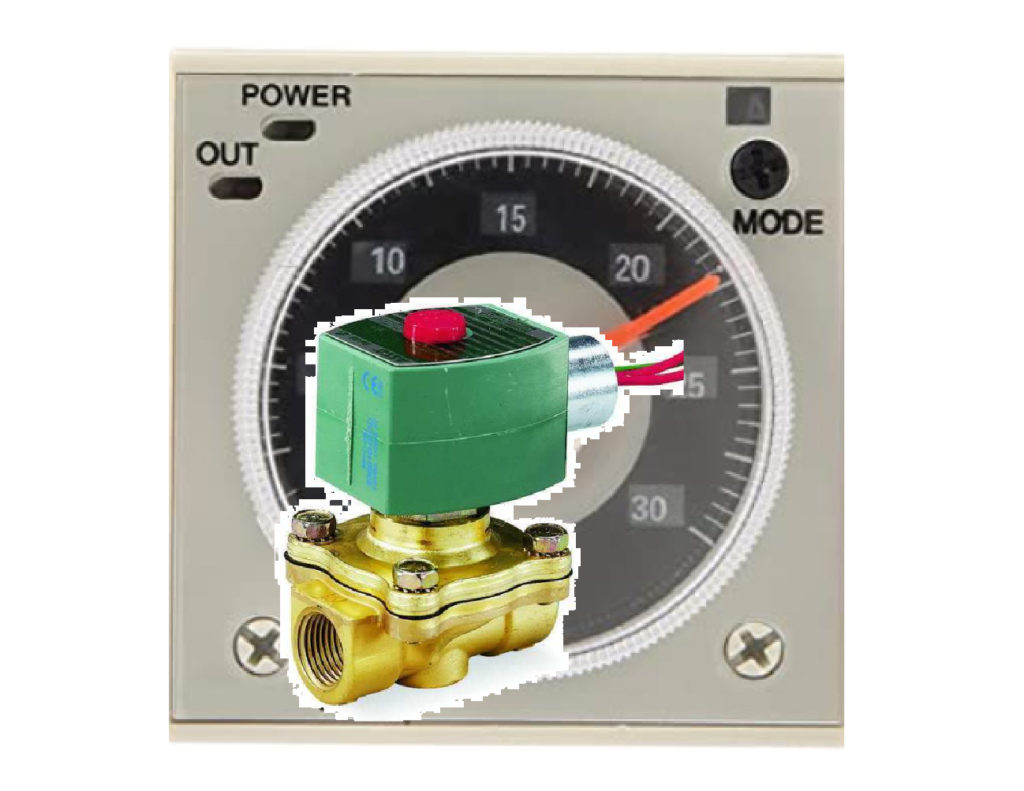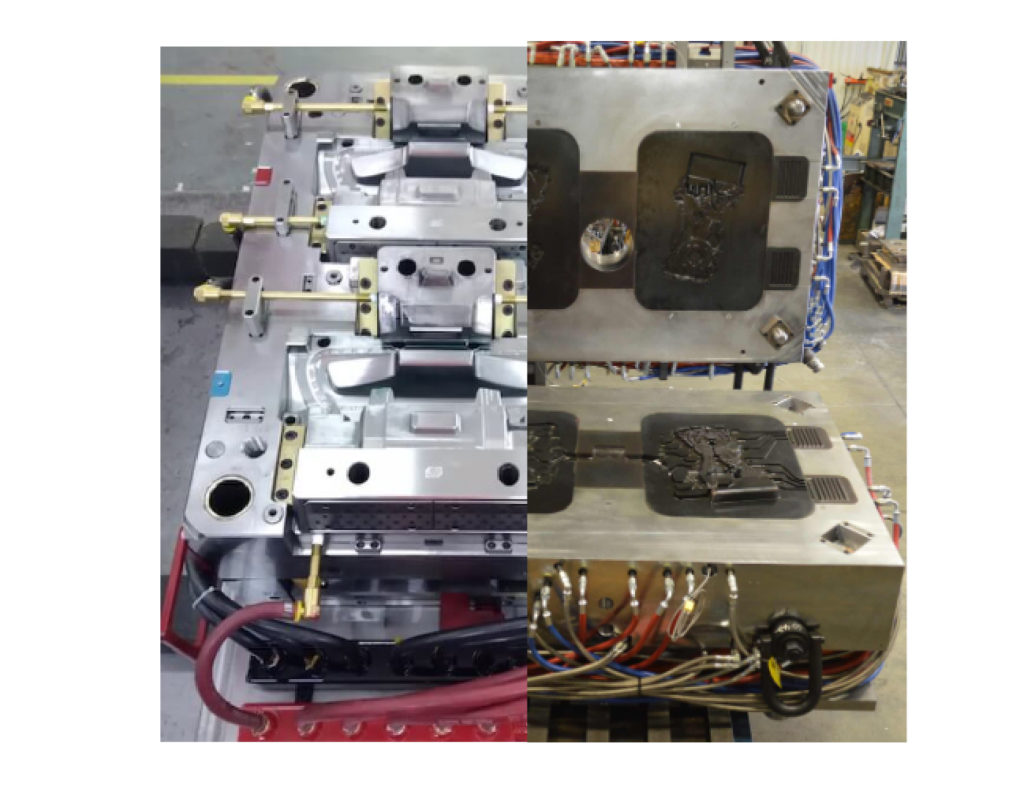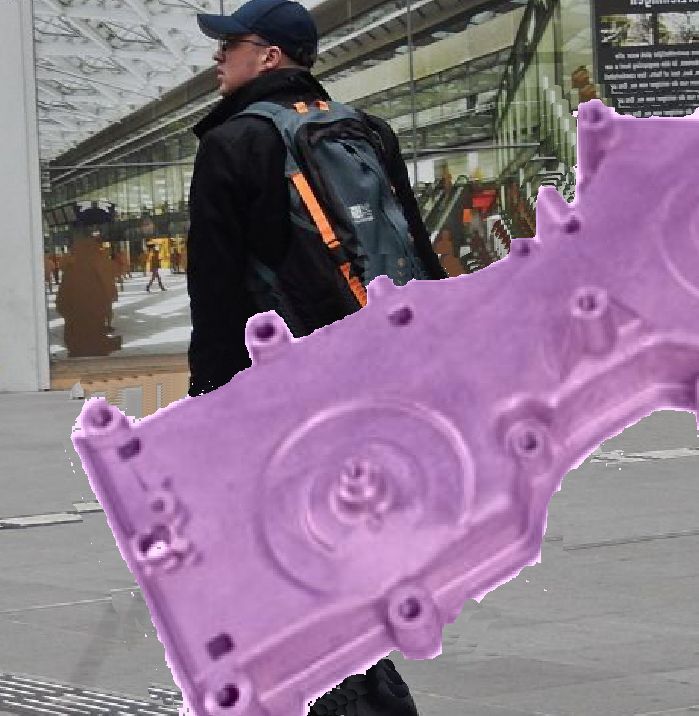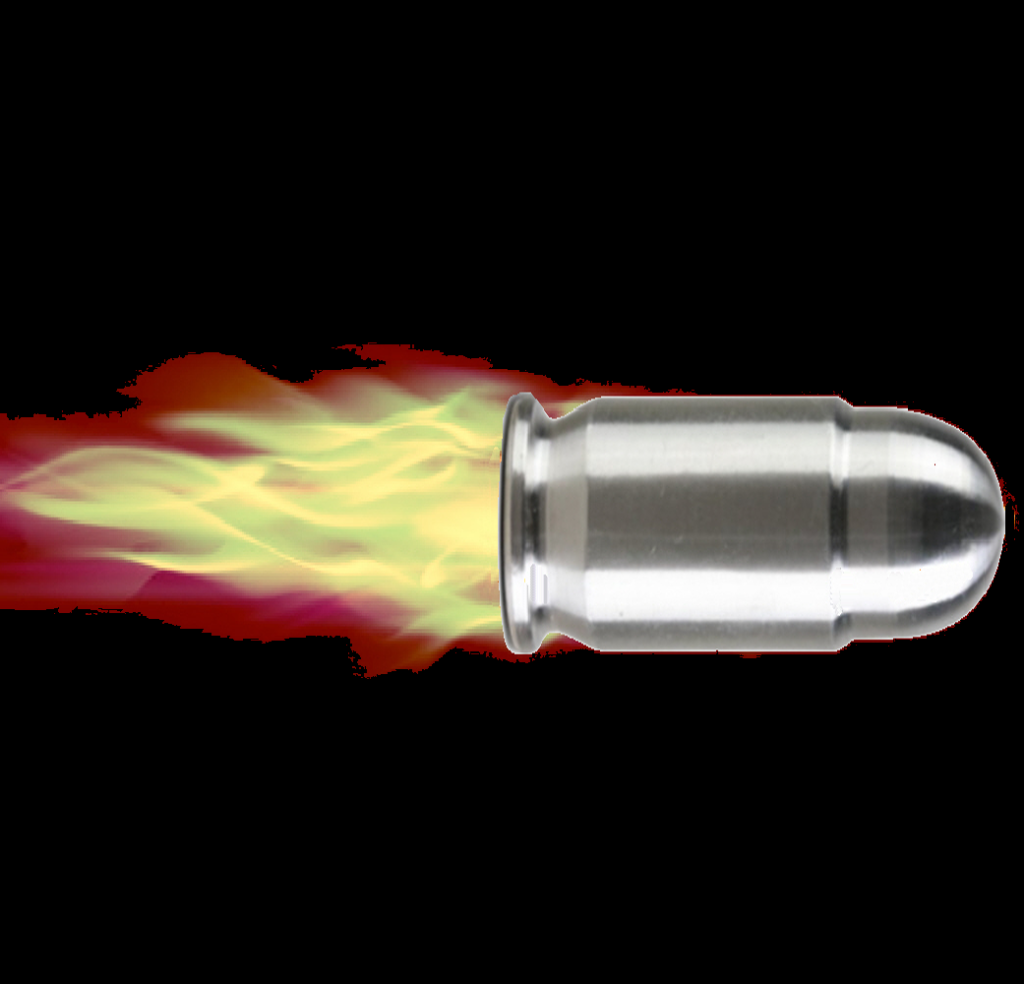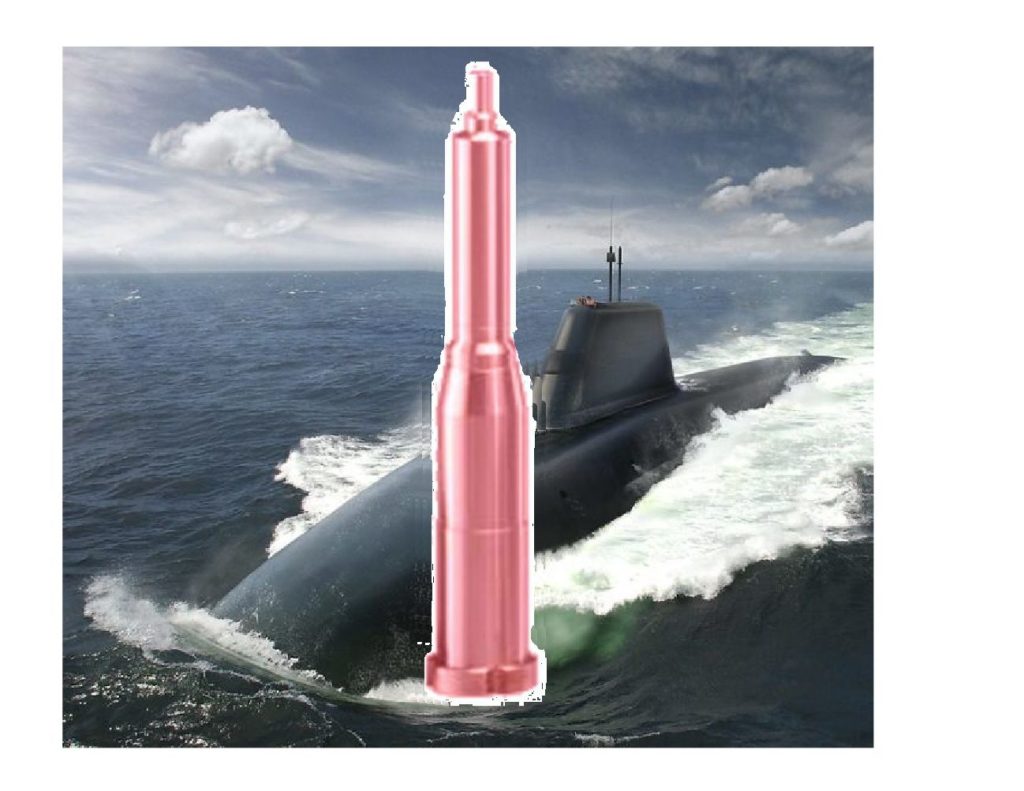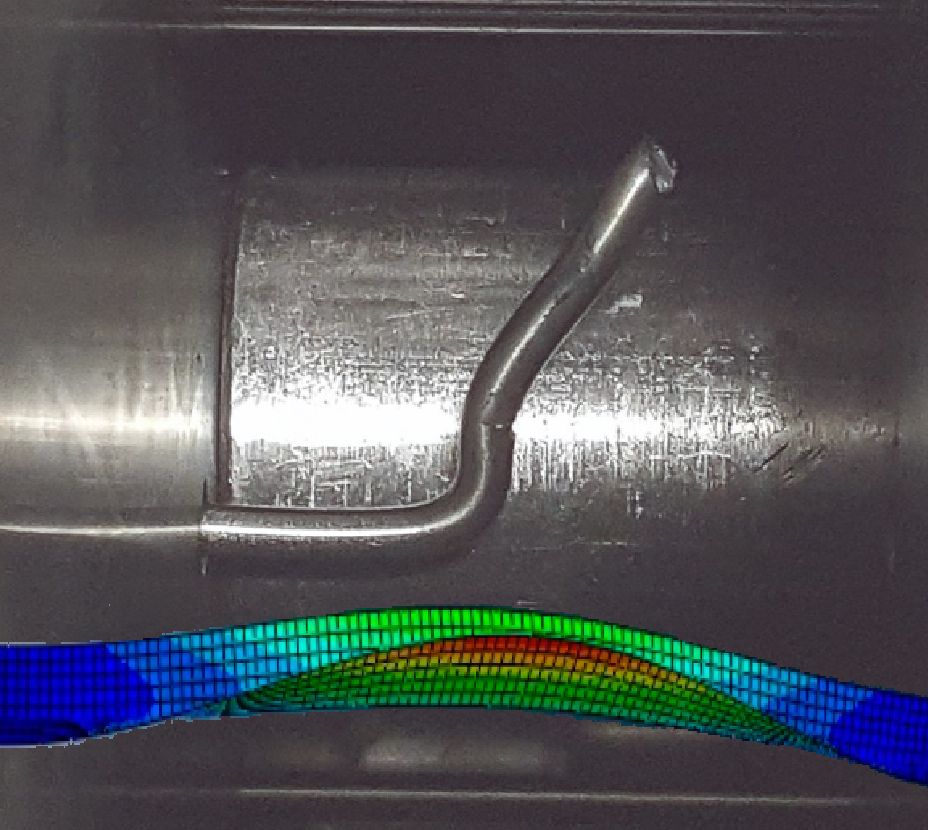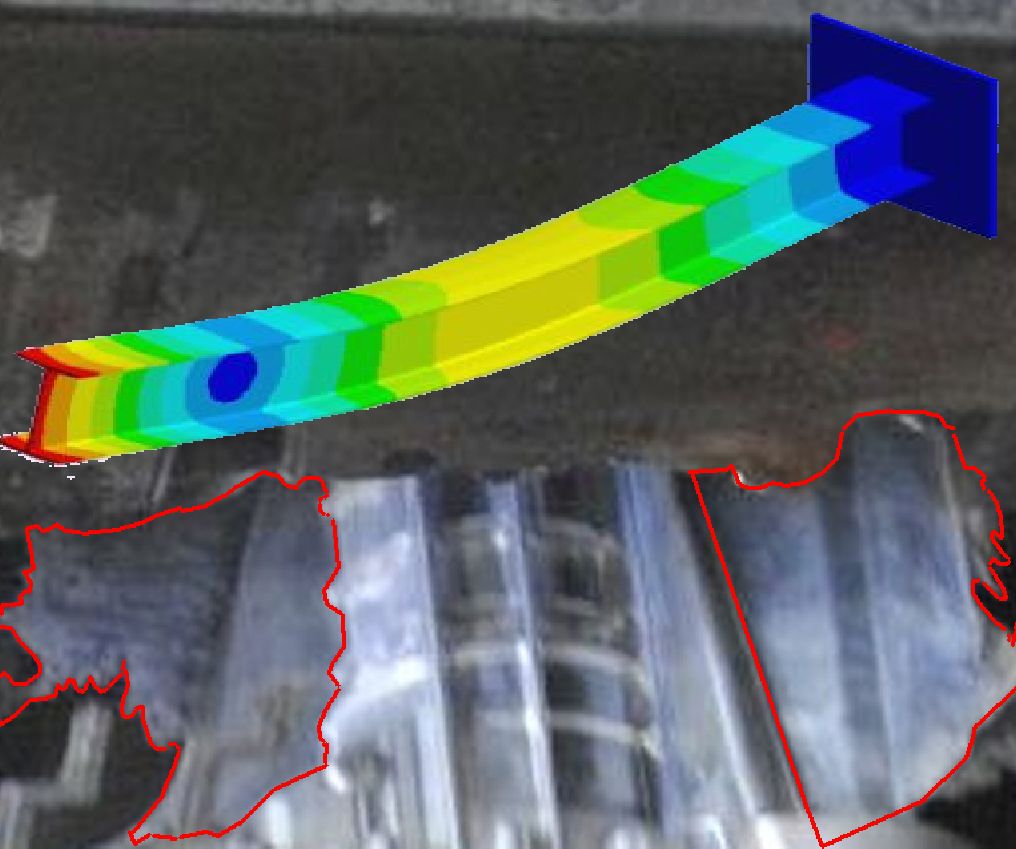
Ah yes, that is the question. In the early days of die casting it was not the question. Castings on the runner had plenty of time to cool in the baskets that carried the from the die casting machine to the trim press. These days most die casting plants have one trim press
per die casting machine to minimize the in process inventory. The challenge is to cool a shot of castings from the 425 deg C (800 F)
down to room temperature, so that it is cool enough to trim, It is also useful to have a few shots of buffer so that the trim operation does not have to be perfectly in sync with casting.
This discussion is colored by the weight of the shot. Shots of castings made by HPDC machines that are larger than 1100 tones are too heavy to be safely carried by an operator. Heavy shots are normally carried by robots. The cost of these robots becomes a significant factor in choosing an optimum process arrangement. This discussion will not touch on optimum arrangements for large casting cells because they are mostly OEM opetations
Starting with the smallest machines and lowest investment, we have the cooling chute. Shots are manually removed from the casting machine and stacked 10 high. Three stack of ten are usually enough to cool enough for trimming. A chute with a down slope makes transport easier.
If you develop your dies to the point where 100% of the aluminum is ejected every time a automated extractor can replace the man. This extractor removes castings and either quenches them or sets them on a cooling conveyor.. Cooling conveyors are either horizontal or vertical. Horizontal conveyors can have an exit chute that provides some uncoupling of cast and trim. I use quench tanks with a circulating pump to hold level constant and prevent concentrrating hot water at the top. A commercial aluminum oxidation inhibitor is also helpful. Sodium Silicate can be added to the water if you are manufacturing leak tight castings. Swishing the casting in the water speeds up the cooling if a short cycle time is needed. Casting are dry by trim if the time in the quench is carefully chosen.
I have also used quench tanks with dunk baskets when cooling castings without an automated extractor. If the cell has an automatic ladle and a sprayer a man can extract cool and trim.

